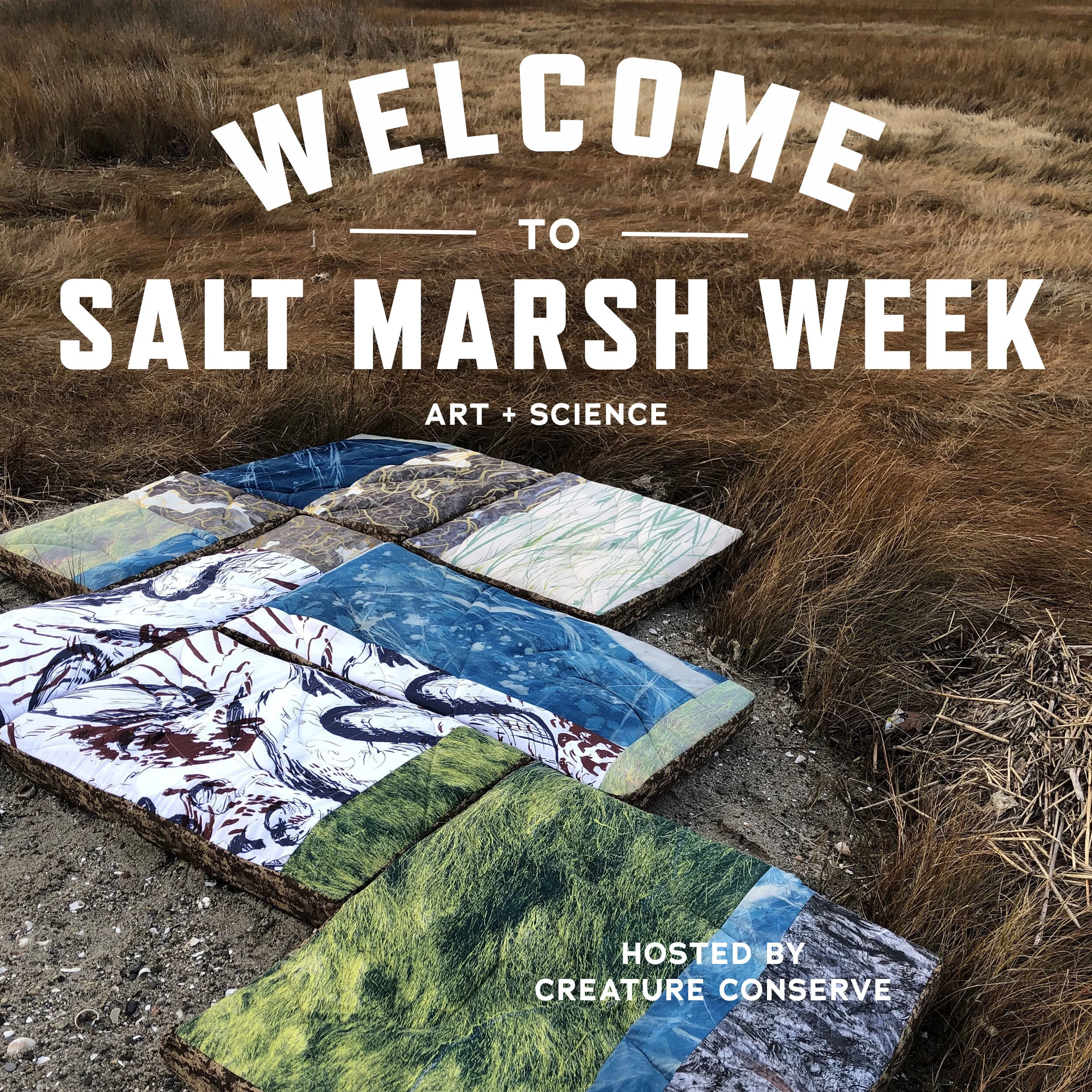
Salt Marsh Conservation
Presented by Artist, Heather McMordie
"As an artist and printmaker, I am interested in exploring the way prints, artist books, and installations can bring environmental experiences to a wider audience. I’ve spent the past year making work on and about salt marshes, coastal lands that are flooded and drained by salt water. In the process I have had the privilege of working with some incredible scientists and researchers, puzzling through the complexities of these ecosystems, and exploring the best artistic format for sharing these experiences.”-Heather McMordie
WHY ARE SALT MARSHES IMPORTANT?
Salt marshes are coastal wetlands that are flooded and drained by salt water. Everything in these ecosystems---the flora, the fauna, even (and especially) the soils---are specially adapted to thrive with this salt water source.
Salt marshes can protect from flooding and erosion and help maintain healthy water sources.
Salt marshes can be found around the world, and on every coast in the United States. (Much of the work presented here is based on research on salt marshes in Rhode Island (RI), USA.)
Salt marshes are home to a number of important species and breeding grounds for many species of fish.
The National Oceanic and Atmospheric Administration (NOAA) is a great resource for starting to learn more about salt marshes within the United States: https://oceanservice.noaa.gov/facts/saltmarsh.html
Soil
Salt marsh soils are peats, which means that they are composed of mainly organic material. While most soils are the result of mineral deposition, marsh soils are the result of plant material decomposition.
Salt marsh soils are also naturally anaerobic (characterized by low oxygen levels), because they are saturated daily following the tidal patterns.
Plants
Salt marsh plants in Rhode Island salt marshes include: Spartina alterniflora (smooth cordgrass or salt marsh cordgrass), Spartina patens (saltmeadow hay), Disticlis spicata (saltgrass,) and Iva Frutescens (high marsh bush.)
Each thrives with a different frequency of flooding, and identifying these species can help map out the hydrology of a marsh.
There are many more native species of grasses and other plants in marshes. Herbariums, such as the one at Brown University (https://www.brown.edu/research/projects/herbarium/), are excellent resources for starting to study and understand the diversity of these ecosystems (in person and online!).
Wildlife
Salt marsh wildlife includes many species of birds, fish, mammals, and shellfish including osprey, salt marsh sparrow, fiddler crabs, killifish and mussels.
They are also the breeding grounds for many species of fish.
Maintaining the population balance among these species is crucial to maintaining overall marsh health.
Sensory Indicators of Health
Sensory indicators of salt marsh health include the sights, smells, and sounds of the marsh. It can be sensory overload - there’s a lot to take in.
In a healthy marsh, one should hear the call of ospreys and (hopefully!) salt marsh sparrows; feel the gentle buoyancy of the soil; and smell the sulphur in soil.
The absence of these sensations (or the presence of other sensations) can be an indication that something is off in the marsh.
For example, many salt marshes are close to developed urban or suburban areas. While listening for bird sounds in the marsh, one may also hear the rumble of a highway or the roar of a jet engine… sounds of human development encroaching on salt marshes.
WHAT ARE THE CHALLENGES FACING SALT MARSHES?
Invasive plants are a big problem. In the Northeast United States, one of the main invasive plant species is Phragmites australis (common reed). This large reed is particularly resilient and will often out-compete native plants, reducing biodiversity and restricting natural habitats.
Pollution caused by human activity can exacerbate the naturally anaerobic conditions of salt marsh soil and create hypoxia or “dead zones”, where there is not enough oxygen to supply healthy marine life.
This is further complicated by sea level rise due to climate change. Healthy salt marsh soils are flooded and drained daily with the tides. Due to sea level rise, some marshes do not have the time to drain properly between tidal sequences and are literally drowning in place. More about hypoxia and climate change can be found here: https://oceanservice.noaa.gov/hazards/hypoxia/
Endangered species - Salt Marsh Sparrows (Ammospiza caudacuta) nest solely in salt marsh grasses and have a nesting cycle that (in theory) is perfectly matched to tidal cycles. Because of rising sea level, their nests are often flooded more frequently than the normal monthly high tides. More information about Salt Marsh Sparrows can be found here: https://www.salsri.org/about-the-saltmarsh-sparrow
WHAT CAN WE DO TO HELP?
Study Salt Marshes
There are many organizations that are doing important work to study salt marshes and the ways they are being impacted by climate change and human activity. Below are just a few such organizations to learn about, support and get involved with:
Salt Marsh Sparrow Research Initiative: (https://www.salsri.org/): A citizen science volunteer team studying Salt Marsh Sparrow populations in RI
Bertness Lab (http://www.bertnesslab.com/html/Research.html): A coastal ecology and conservation lab out of Brown University
Protect Salt Marshes
The details featured on this page and the artwork shown was made about Jacobs’ Point in Warren, RI.
Jacobs’ Point is one of several lands managed by the Warren Land Conservation Trust. Find out more about their work here: http://warrenlct.org/
Save the Bay is a RI-based nonprofit aimed at restoring the health of Narragansett Bay. Their efforts range from advocacy to habitat restoration, and they often have a need for volunteers: https://www.savebay.org/
Celebrate Salt Marshes
Visit a salt marsh - take your children and show them how much life there is in this ecosystem.
Share your excitement with others.
Look for artwork that celebrates the marsh.
Artworks by Heather McMordie
